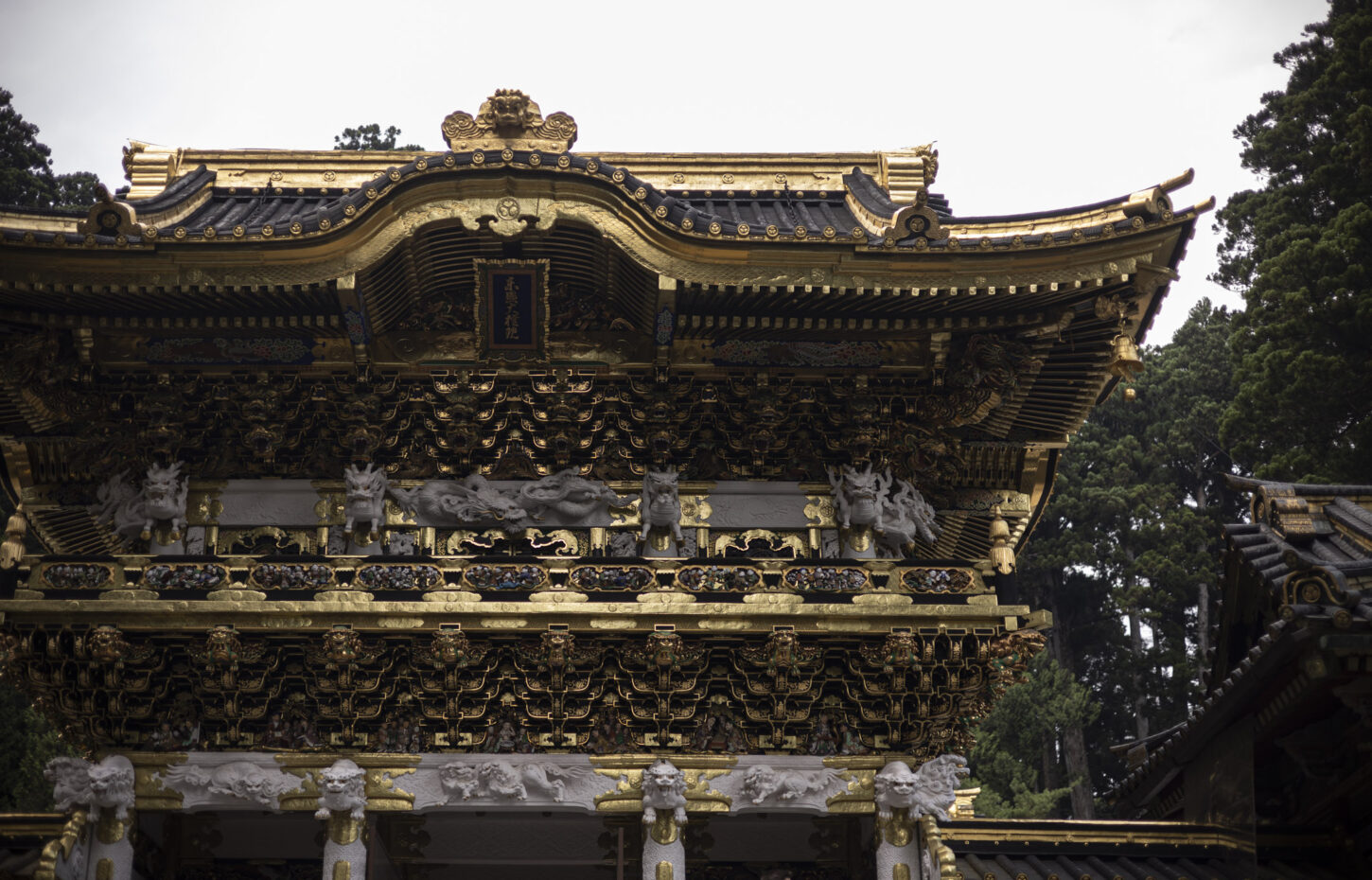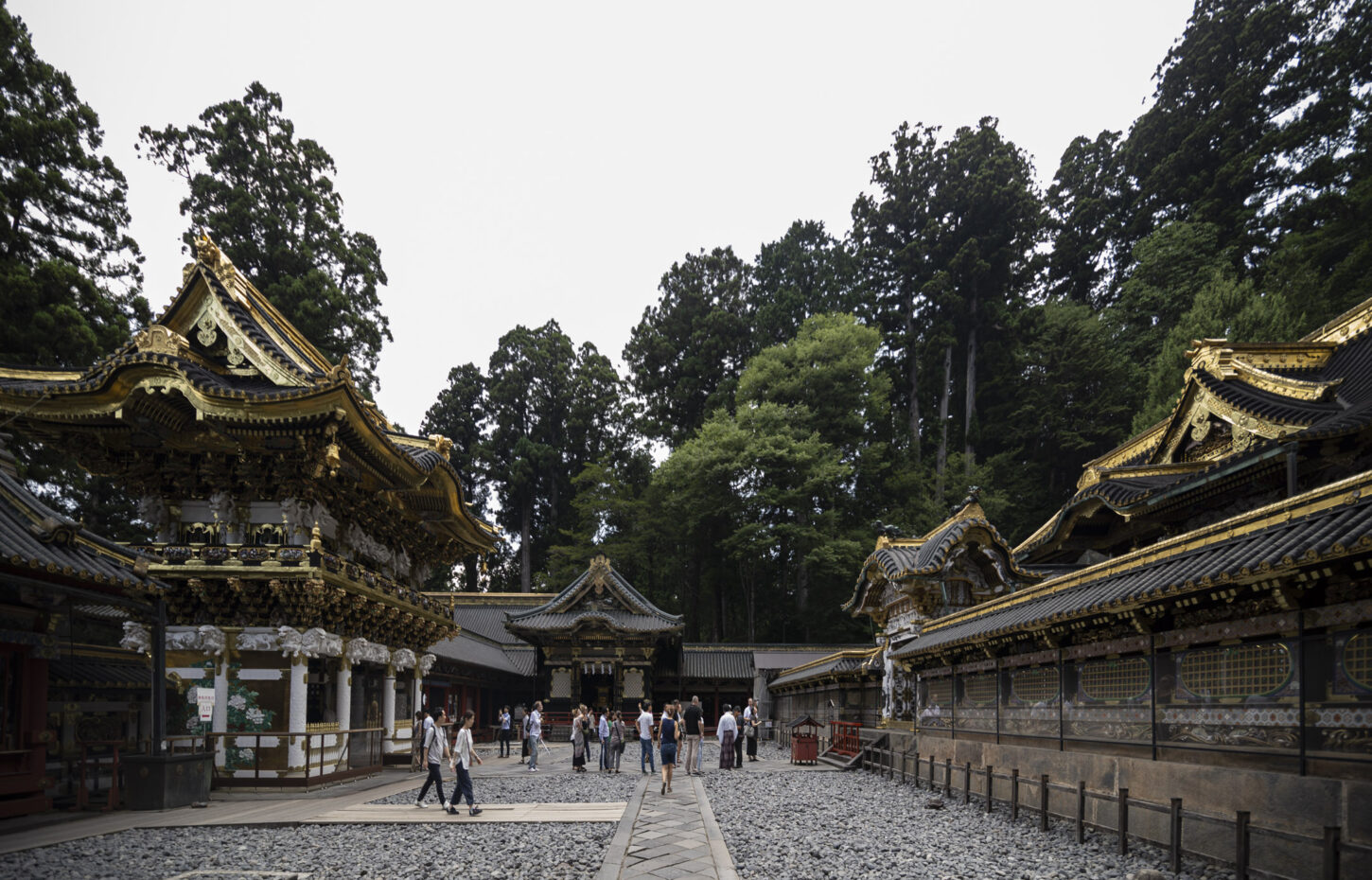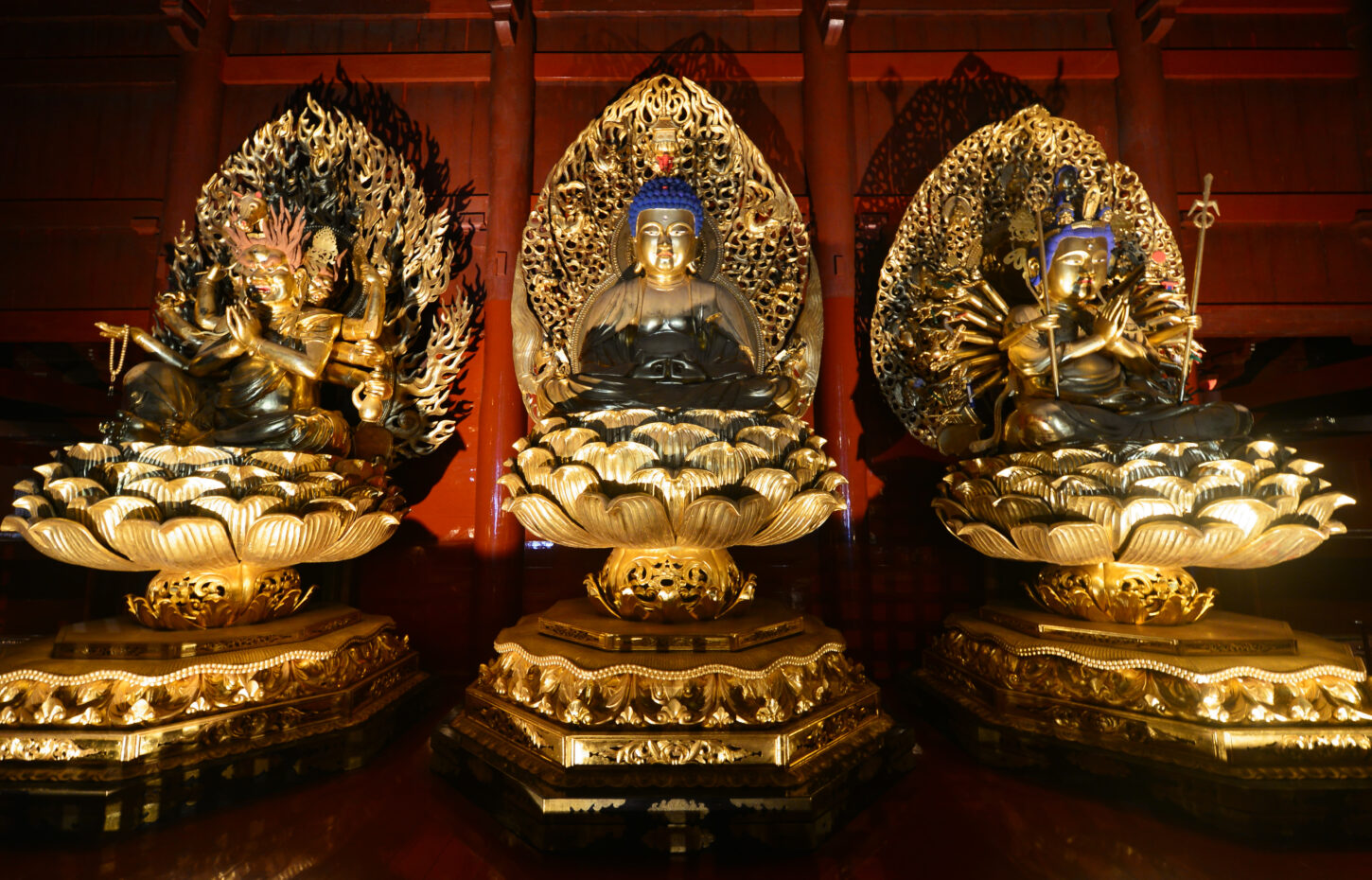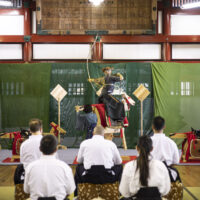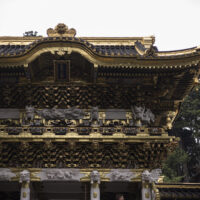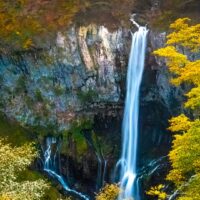Kyudo Archery: The Path of Grace, Precision, and Zen
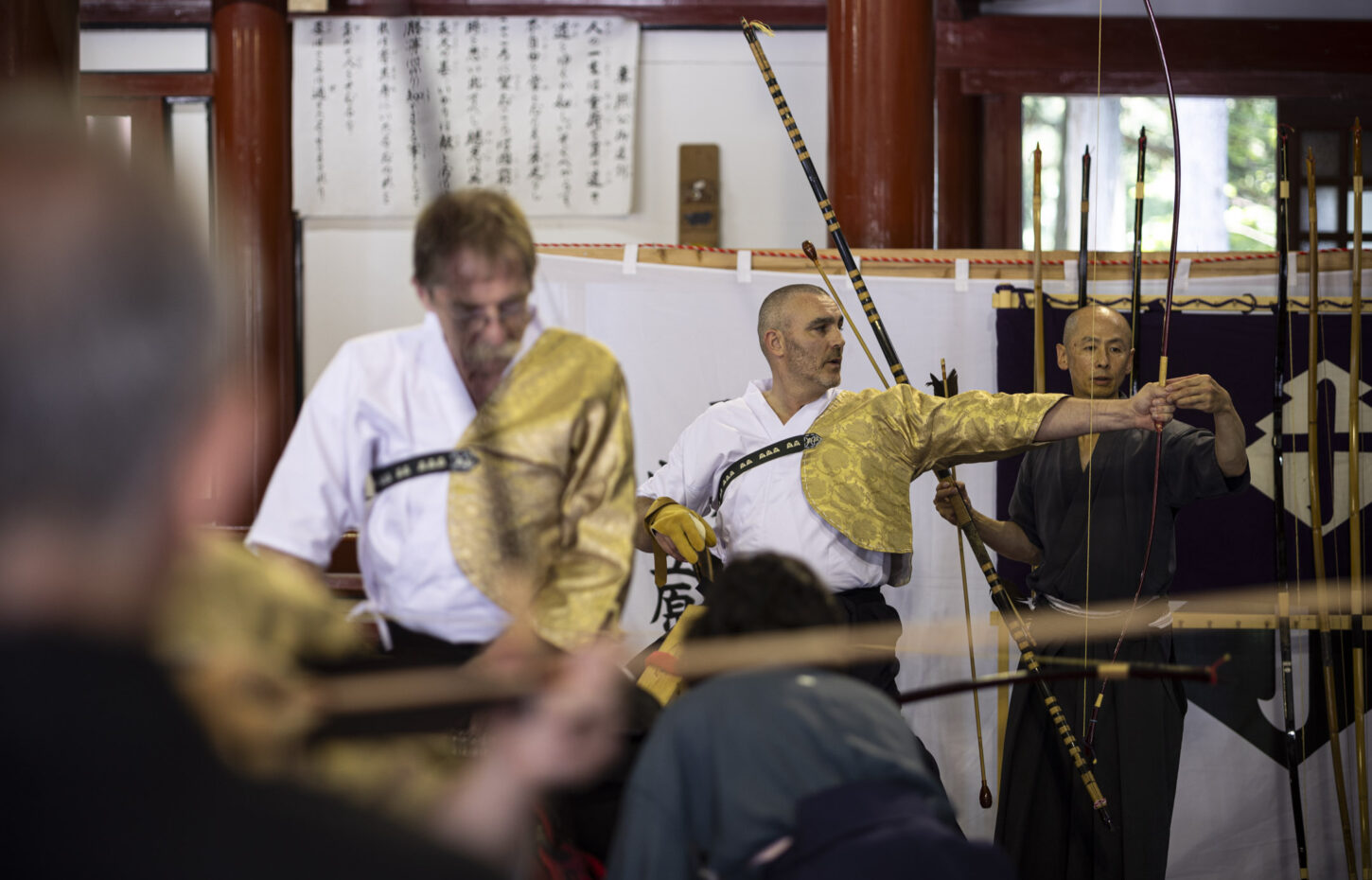
Found in places throughout Japan, and particularly in Nikko, tradition and
spirituality intertwine, and from this comes an ancient art form that stands as a
symbol of precision, discipline, and inner harmony – Kyudo archery. Rooted in
Japanese history and deeply influenced by Zen Buddhism, Kyudo transcends the
mere act of shooting arrows; it’s a profound journey of self-discovery and
mindfulness. Let’s venture further into deep Japan and explore the art of Kyudo, its
origins, principles, and the spiritual depth that makes it a unique and revered
practice.
The Origins of Kyudo
Kyudo, which means “the way of the bow,” traces its roots back to ancient Japan
when the bow and arrow were vital tools of the samurai. Initially developed for
combat and hunting, Kyudo evolved into a spiritual and meditative discipline during
the Edo period (1603-1868). It was influenced by Zen Buddhism and Confucianism,
which emphasized the pursuit of self-improvement and the cultivation of inner
balance.
Principles of Kyudo
Kyudo is distinguished by its emphasis on precision, form, and spiritual alignment.
Key principles include:
Rei-Ho (Etiquette): Kyudo begins and ends with etiquette, emphasizing
respect for oneself, others, and the practice itself. Bowing, entering the shooting
range, and handling equipment are all conducted with mindful reverence.
Shaho-Hassetsu (Eight Stages of Shooting): Kyudo practitioners follow a
meticulously choreographed series of movements, from standing to releasing the
arrow. Each stage is executed with utmost precision and mindfulness.
Seisha-Hassha (Correct Shot): The ultimate goal in Kyudo is not merely
hitting the target but achieving a “correct shot.” A correct shot embodies harmony,
balance, and the seamless alignment of mind, body, and spirit.
The Zen of Kyudo
Kyudo is often described as a “moving meditation” or “Zen in motion.” It demands
deep concentration and the cultivation of a calm, clear mind. The archer’s focus is
not solely on the target but on the process itself. Through Kyudo, practitioners learn
to let go of ego, doubts, and distractions, allowing them to achieve a state of
“mushin” (no-mind), where the conscious and subconscious minds merge.
Equipment and Ritual
Kyudo’s equipment, including the longbow (yumi), arrows (ya), and glove (yugake),
are crafted with meticulous attention to detail. Each piece is an extension of the
archer’s spirit. Before shooting, archers engage in a ritualistic process of “nocking,”
where they string the bow and prepare to release the arrow. This ritual reinforces
the connection between the archer, the bow, and the target.
Modern Relevance
In contemporary Japan, Kyudo continues to thrive as a revered art form. It is
practiced by people of all ages and backgrounds, from schoolchildren to seniors.
Kyudo’s enduring appeal lies in its ability to foster mental discipline, inner peace,
and personal growth.
Kyudo archery is more than a martial art; it is a profound journey of self-discovery,
mindfulness, and spiritual growth. It encapsulates the essence of Japanese culture,
blending precision and spirituality into a graceful and meditative practice. Whether
you are an aspiring archer or simply intrigued by the beauty of this art, Kyudo offers
a path to explore the depths of human consciousness and the boundless potential
of the human spirit. While experiencing Ogasawara-Ryu training, you will have a
chance to explore this deep inner world of self-awareness through the handling of
the bow.


